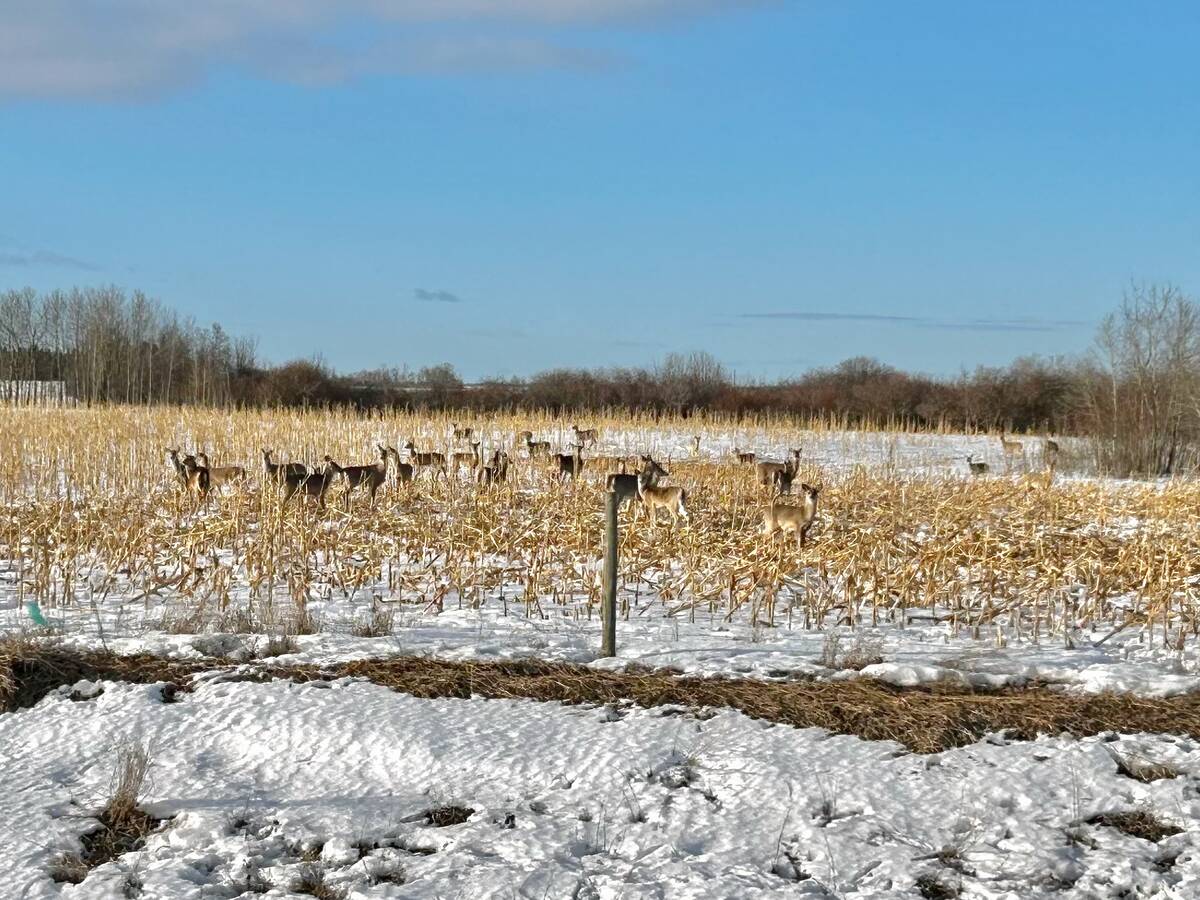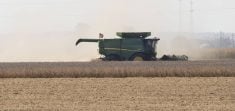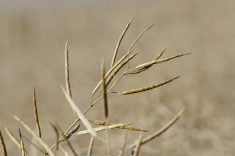One way to help canola farmers suffering lower prices following the loss of the Chinese market is enhancing the cash advance program, says Canadian Canola Growers Association (CCGA) CEO Rick White.
“We have a tool,” White, whose organization administers 98 per cent of Western Canada’s cash advances, said in an interview April 4. “That’s what this program is for — market disruptions.”
The cash advance program allows farmers to borrow money, including a portion that’s interest free, against growing or stored crops and repay it when they deliver and sell those crops.
Read Also

Manitoba launches CWD tracking tool
A newly launched digital dashboard allows hunters to track where chronic wasting disease has been confirmed in Manitoba
It was created to help farmers with cash flow so they’re not forced to sell at low prices.
The current maximum loan is $400,000, with the first $100,000 interest free. The CCGA wants the maximum doubled to $800,000, or even $1 million as proposed by the Saskatchewan government, White said.
But instead of extending the September deadline for repaying 2018 advances as some are suggesting, the CCGA wants the federal government to give farmers the one-time option to pay off those canola loans with cash, penalty free. Under the existing terms of the loans they must be repaid only when the crop is sold.
“That, in addition to enhancing the 2019 limit, will give farmers the ability to pay off their 2018 advance with cash and get more cash from the 2019 program,” White said. “We think that is much more preferable than extending the 2018 program year. We’d rather see it paid off by farmers, and to do that they need to be allowed some flexibility…
“They would need to have the grain in the bin, or the seed in the ground, or the crop growing, just like they always would.”
Some farmers are in a box, White said, noting 1,268 farmers still owe $88 million for loans made against canola in 2018.
“Almost half (47 per cent) of them haven’t paid a nickel back yet,” White said. “Now they have six months to get out of that advance.”
If the situation doesn’t improve, or worsens, by that time, farmers would find themselves in a tough position, White said.
“This is going to force them to dump canola on the market,” White said. “If we allow them to sell other commodities to pay off their canola, that’s what we’re trying to get at.”
The Saskatchewan government has also suggested making the entire cash advance interest free. The CCGA can administer that if it’s something the federal government is willing to fund, White said.
In 2018 the CCGA issued $1.44 billion in cash advances. Just under $600 million was interest bearing.
This year the CCGA’s interest on loan’s above $100,000 dropped to 3.45 per cent (prime minus 0.5 per cent). If loans were made interest free and $1 billion was loaned it would cost Ottawa just $34.4 million, White said. If loans doubled, Ottawa would pay $69 million.
April 1, when the 2019 cash advance program launched, the CCGA issued $116 million in loans, White said. After just three days $142 million “was out the door.”
“Normally on the first day we’d be around $89 million to $92 million and then $10 million a day every day after,” White said.
White doesn’t think the loss of the China market is a factor in loans so far.
“That’s why I’m saying cash flow is an issue,” he said. “Farmers’ expenses keep going up and so does interest in the program.”
The lower interest rate is likely part of it, White said.
“Most farmers can’t get anything below prime plus one or maybe if you’re really, really good, prime plus a half,” he said. “We’re quite a bit under that now… but they’ll come for a lot more money if this China thing carries on much longer.”
















